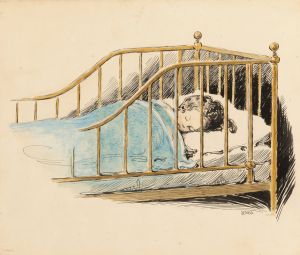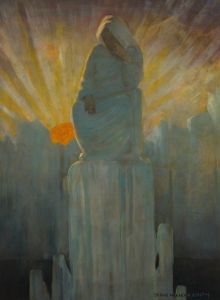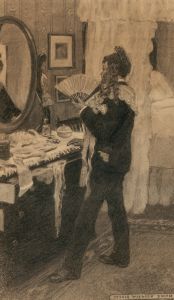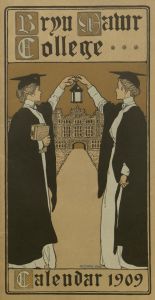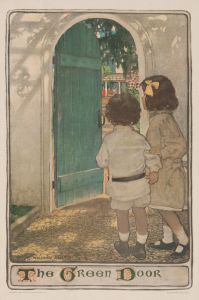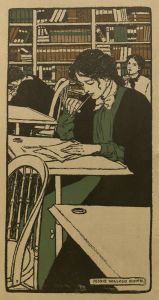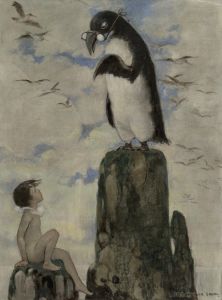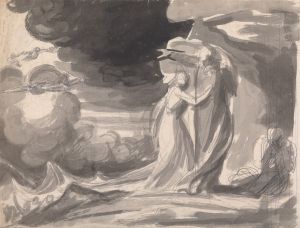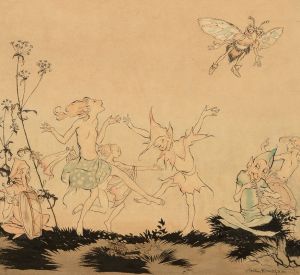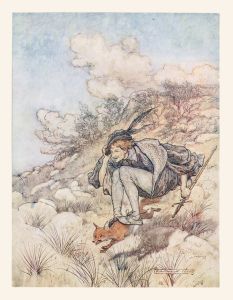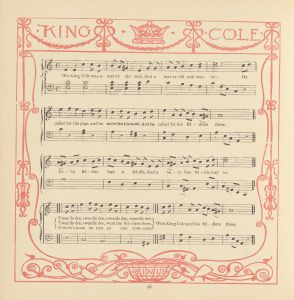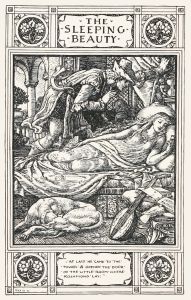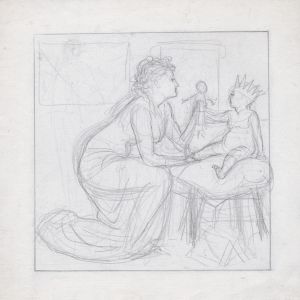
She took his hand, and giving him the broad part of the spiral stair to walk on, led him down a good way
A hand-painted replica of Jessie Willcox Smith’s masterpiece She took his hand, and giving him the broad part of the spiral stair to walk on, led him down a good way, meticulously crafted by professional artists to capture the true essence of the original. Each piece is created with museum-quality canvas and rare mineral pigments, carefully painted by experienced artists with delicate brushstrokes and rich, layered colors to perfectly recreate the texture of the original artwork. Unlike machine-printed reproductions, this hand-painted version brings the painting to life, infused with the artist’s emotions and skill in every stroke. Whether for personal collection or home decoration, it instantly elevates the artistic atmosphere of any space.
Jessie Willcox Smith (1863-1935) was an American illustrator renowned for her work in magazines, books, and advertising during the late 19th and early 20th centuries. She is particularly celebrated for her depictions of children and domestic life, which often exude a sense of warmth and nostalgia. One of her notable works is the illustration titled "She took his hand, and giving him the broad part of the spiral stair to walk on, led him down a good way."
This illustration was created for the book "The Water-Babies, A Fairy Tale for a Land Baby" by Charles Kingsley, first published in 1863. Smith's illustration was part of the 1916 edition of the book, which featured her artwork. "The Water-Babies" is a Victorian fairy tale that tells the story of a young chimney sweep named Tom who falls into a river and transforms into a "water-baby." The narrative explores themes of redemption, morality, and the natural world.
In the illustration, Smith captures a tender moment between two characters, likely Tom and one of the water-babies or a guiding figure. The scene is set on a spiral staircase, with the female figure leading the way, holding Tom's hand and ensuring he has the broader part of the stair to walk on. This act of guidance and care is emblematic of Smith's ability to convey emotion and narrative through her art.
Smith's style is characterized by its soft, delicate lines and a gentle color palette, which often includes pastels and muted tones. Her illustrations are known for their attention to detail and the expressive quality of her characters. In this particular work, the spiral staircase adds a dynamic element to the composition, drawing the viewer's eye through the scene and emphasizing the movement and interaction between the characters.
Jessie Willcox Smith was part of the Red Rose Girls, a group of female artists who lived and worked together in Philadelphia. The group included Elizabeth Shippen Green and Violet Oakley, and they were known for their collaborative and supportive environment, which was somewhat unusual for women artists at the time. Smith studied at the Pennsylvania Academy of the Fine Arts under Thomas Eakins and later at Drexel Institute under Howard Pyle, who was a significant influence on her career.
Throughout her career, Smith contributed to many popular publications, including "Ladies' Home Journal," "Scribner's Magazine," and "Good Housekeeping." Her work also appeared in numerous children's books, making her one of the most beloved illustrators of her time. Smith's illustrations have left a lasting legacy, and her work continues to be celebrated for its charm, technical skill, and emotional depth.
In summary, "She took his hand, and giving him the broad part of the spiral stair to walk on, led him down a good way" is a quintessential example of Jessie Willcox Smith's illustrative talent. It reflects her ability to create engaging, emotionally resonant scenes that capture the imagination of both children and adults.





